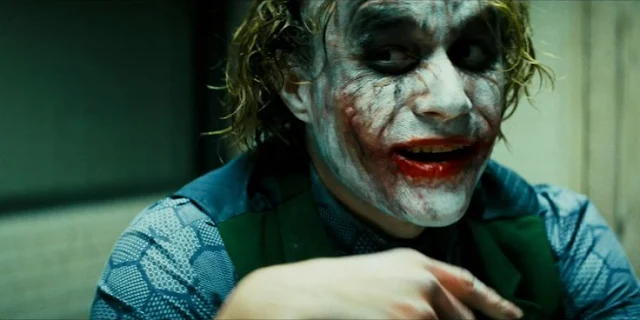 |
| Sakda Kaewbuadee and Banlop Lomnoi in Tropical Malady |
Tong: Sakda Kaewbuadee
Director: Apichatpong Weerasethakul
Screenplay: Apichatpong Weerasethakul
Cinematography: Jarin Pengpanitch, Vichit Tanapanitch, Jean-Louis Vialard
Production design: Akekarat Homlaor
Film editing: Lee Chatametikool, Jacopo Quadri
Tropical Malady comes in two not-quite-discrete segments. The first is a more-or-less realistic account of the romance of Keng, a soldier, with Tong, a farmboy Keng meets during a mission to recover a body. The second part is an elaboration on a kind of ghost story in which a soldier (also played by Banlop Lomnoi) goes into the jungle to search for a missing villager, and there encounters the spirit of a shaman (also played by Sakda Kaewbuadee) who can turn himself into a tiger. Although the first part is mostly a love story, it is as shadowy in its way as the second part, beginning with the discover of the body -- and the soldiers' glee in having their photographs taken with the corpse -- and ending with Tong's disappearance into the dark, after which Keng rides his motor scooter past a group of men beating up another man and then pursuing Keng. Although the narrative of Tropical Malady is more conventionally handled than that of Weerasethakul's Uncle Boonmee Who Can Recall His Past Lives (2010), there are some clear links between the two films, including the fact that Kaewbuadee plays a character named Tong in both, and in Tropical Malady refers to his uncle who can recall his past lives. There's also a key scene in both films set in a cavern, along with an obvious preoccupation with the spirit world. If there's a theme that runs through both, it's that of the thinness of the boundary between civilization and the primitive world, or between body and spirit.








